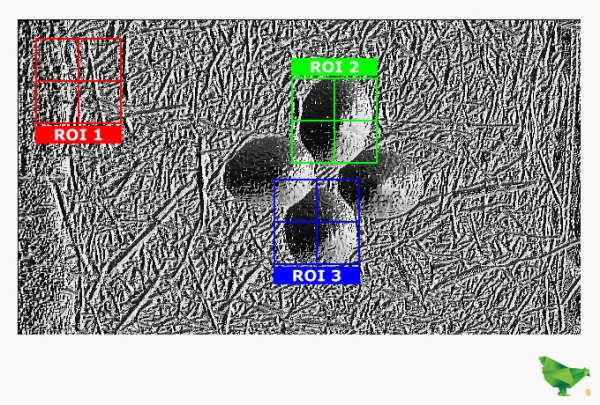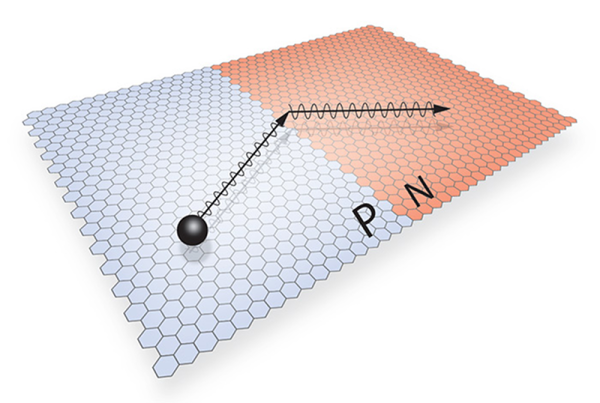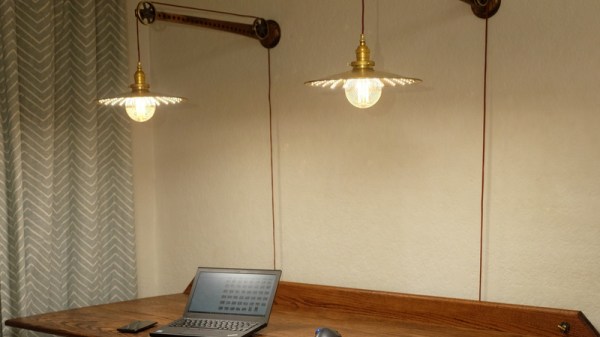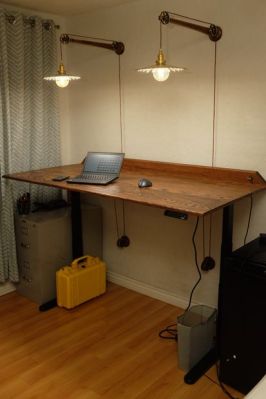The theme of the last Hackaday Prize challenge was Assistive Technologies, and with this comes technical solutions for people with severe motor restriction. One of the best we’ve seen is a device designed to use a sip and puff interface and buttons to control a cursor through USB. The almost too clever name for a device meant to be used via fingers or lips is the FLipMouse, and right now it’s in the running for the finals in the Hackaday Prize.
The FLipMouse isn’t so much a mouse as it is a very long and very sensitive joystick. The main method of interaction is a long, hollow tube wrapped with force sensors. These force sensors, like those seen in the Nintendo Power Glove or this other Hackaday Prize entry, turn the tube into an exceptionally sensitive joystick, meant to be gripped by the user’s lips. This tube is hollow, too, so a sip-and-puff interface is used to register right and left clicks. Of course, there are a few external buttons that may be remapped to anything.
How useful is it? This mouth-based mouse seems to be exceptionally capable. In the video below, [Harry Hötzinger] plays a synthesizer live on stage using a step sequencer and a mouse-controlled synth interface. It’s all highly optimized for the specific piece of music, but it is an incredible display of what you can do with a laser cutter and a Digikey BOM.




















